
Artificial Intelligence (AI) is no longer a distant concept relegated to the realms of all my science fiction dreams, books, and movies. It’s here, and it’s already reshaping numerous sectors,…Read more
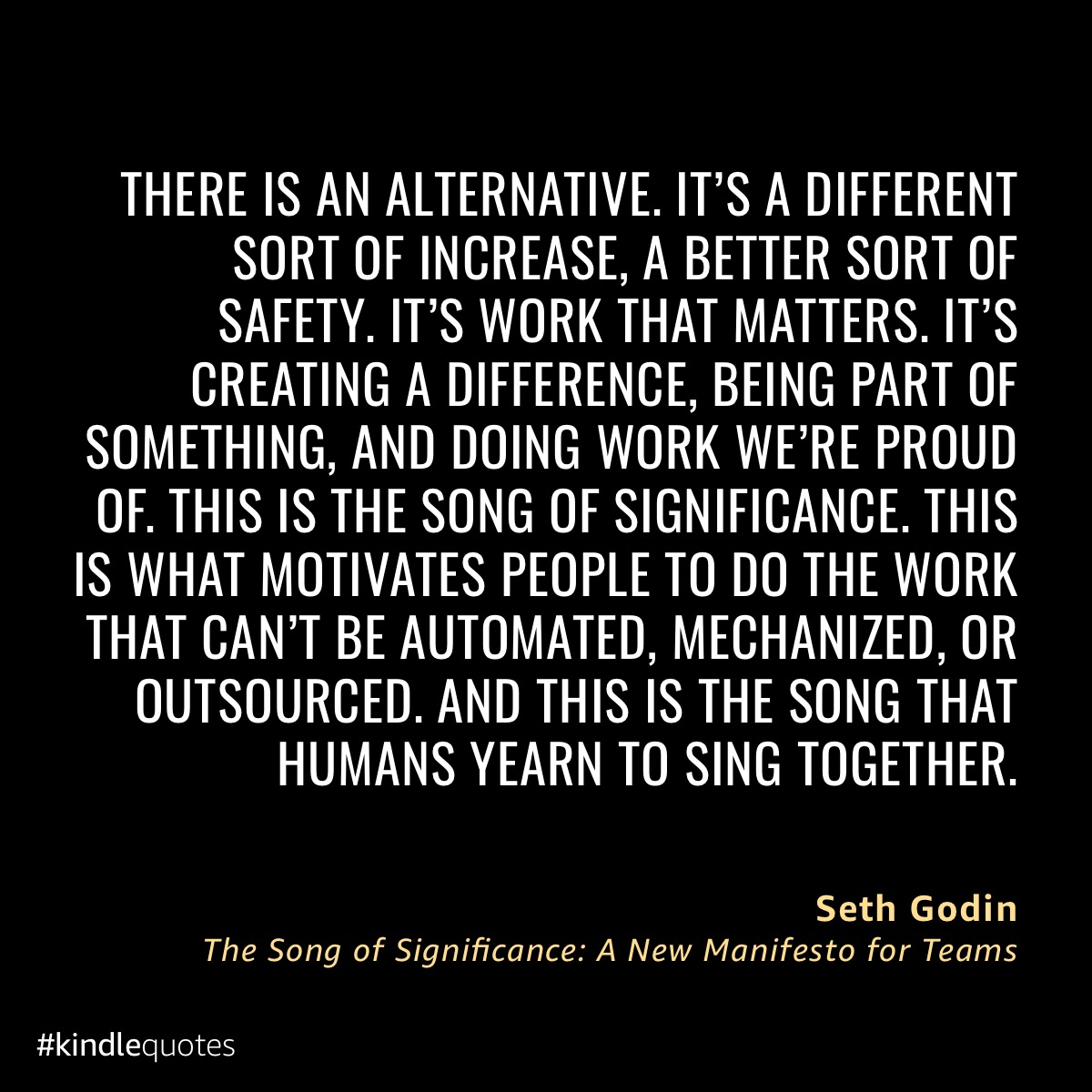
Singing the Song of Significance: A New Vision for K-12 Education Imagine a world where education is not just about test scores and memorization, but about nurturing creativity, critical thinking, and a…Read more
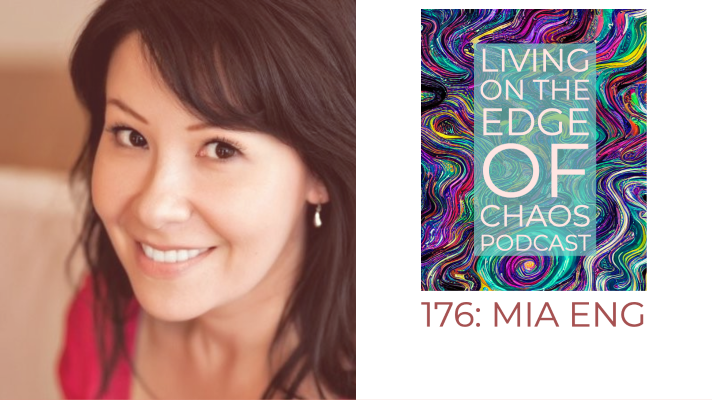
In this episode, I engage in a very thought provoking conversation with Mia Eng. Mia is an executive coach, facilitator, and consultant who partners with individuals and organizations on their…Read more

Life is an ongoing journey, ever propelling us toward growth and evolution. The quest for personal development is embedded in our human spirit, urging us to become the best versions…Read more

I am heading back to Wyoming for the LCSD1 Innovate Conference. I am beyond blessed to be asked to return to share all new sessions and keynote with some wonderful…Read more

In this episode, I engage in conversation with Stefan Bauschard. I will highlight here and now that this conversation happened back in April of 2023 and due to my own…Read more
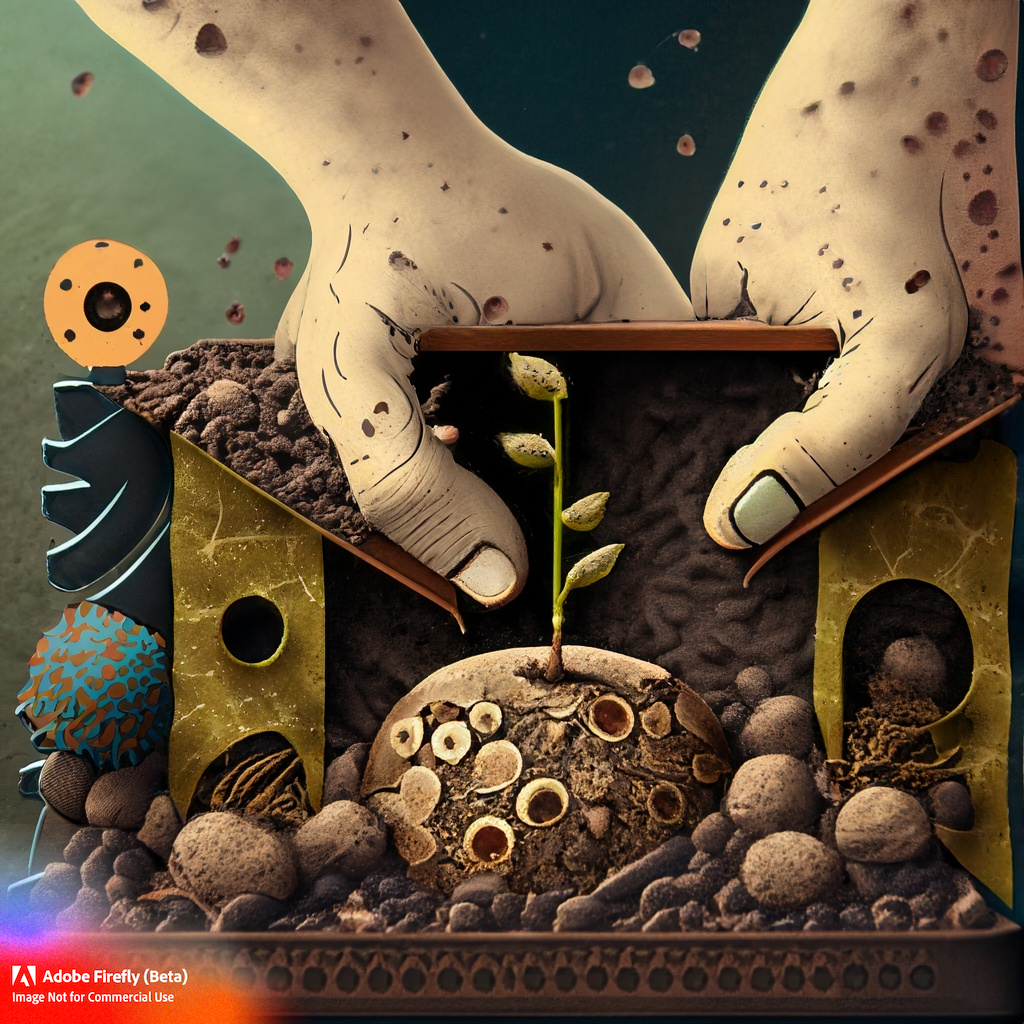
Embracing the AI Revolution “Sometimes when you’re in a dark place you think you’ve been buried, but you’ve actually been planted.” – Christine Caine As we find ourselves in the…Read more
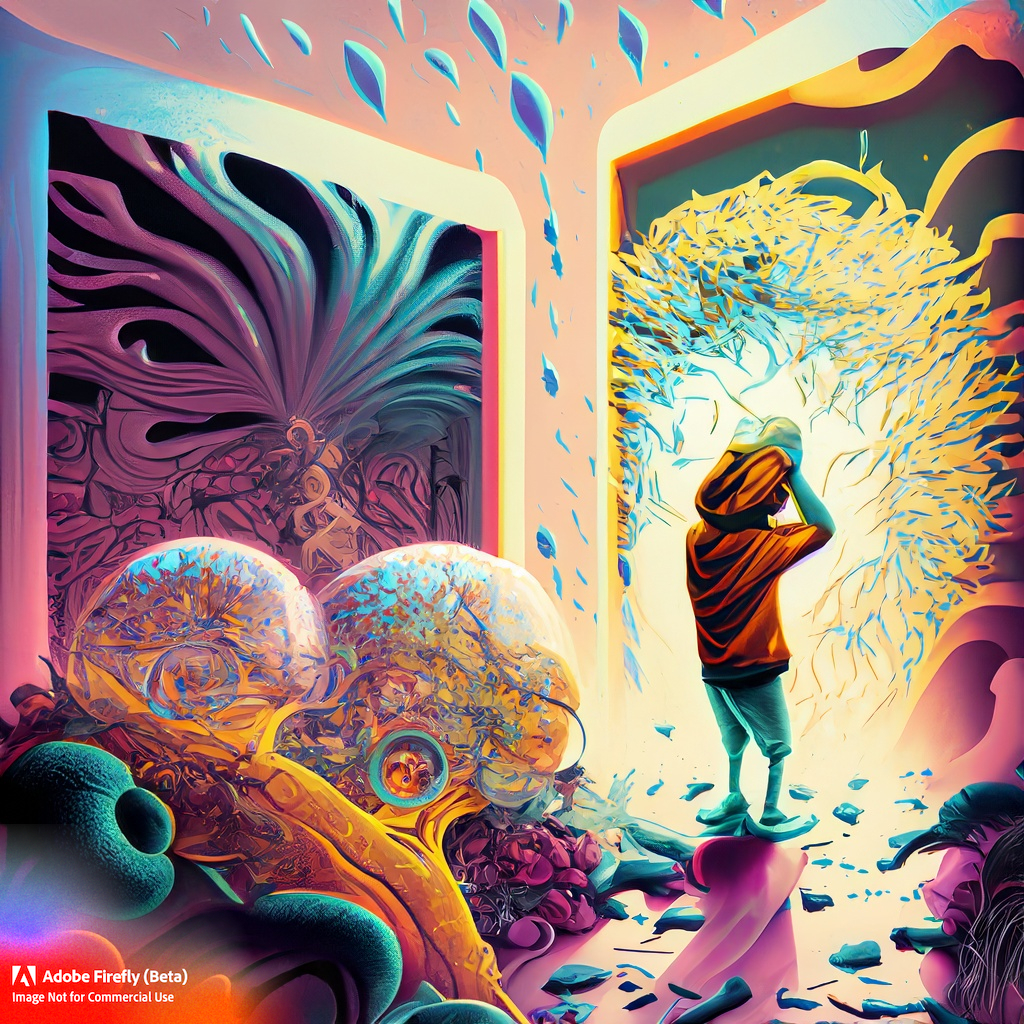
“Get clear on what matters to you by getting rid of everything that doesn’t.” Courtney Carver This powerful mantra I read in a recent newsletter from Courtney Carver is a…Read more
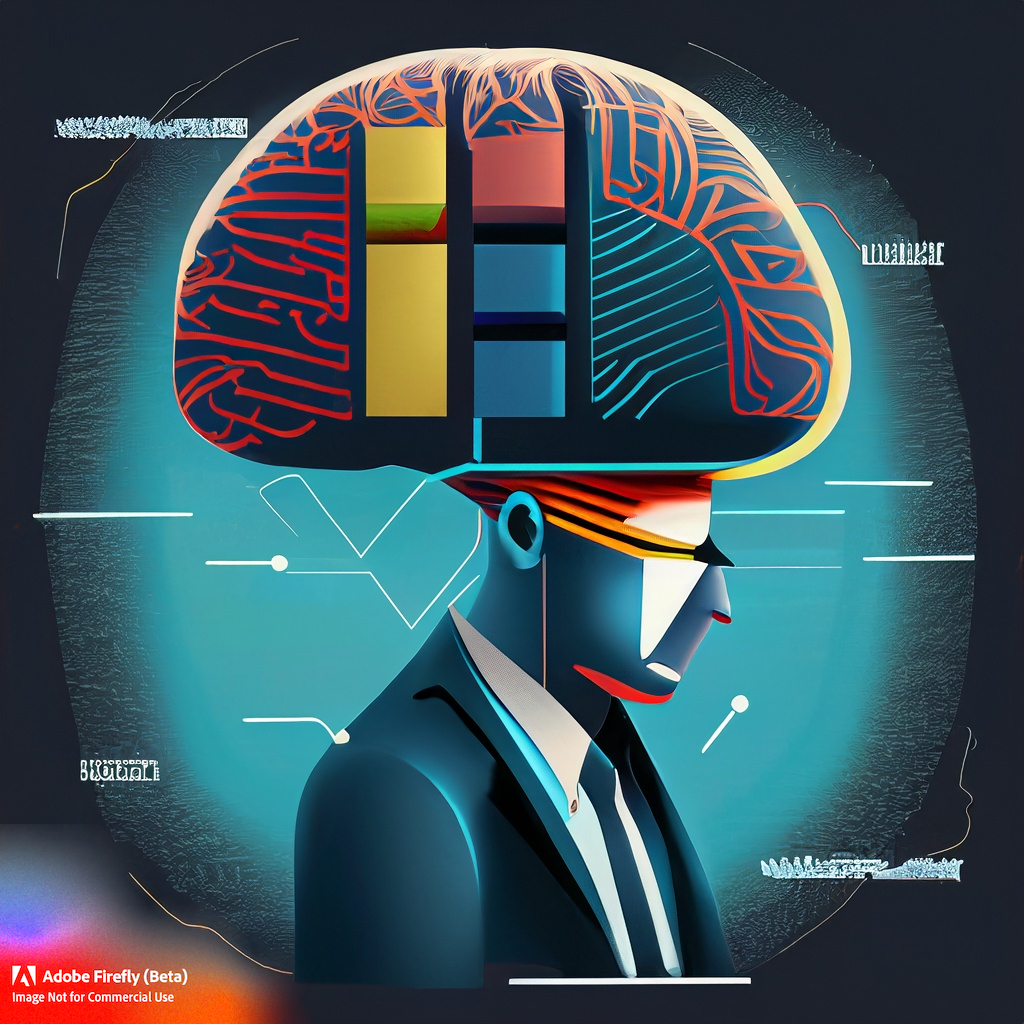
How to Harness the Power of AI in Education: 7 Practical Tips and Insights from a US Department of Education Recent Report Artificial Intelligence (AI) is transforming every aspect of…Read more
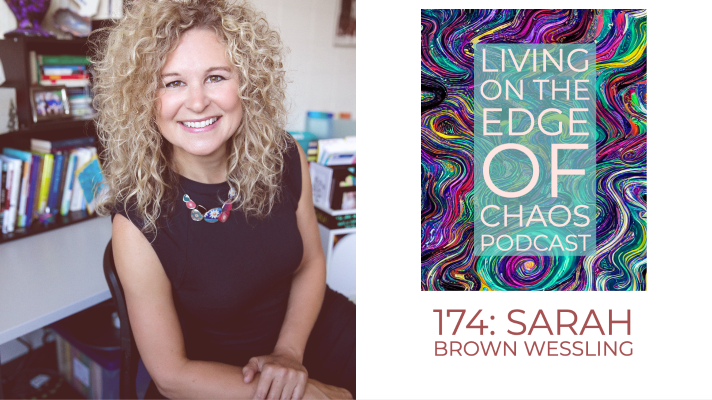
In this episode, I engage in conversation with Sarah Brown Wessling. Sarah is an influential figure in the world of education. Wessling’s insights and experiences shed light on the power…Read more









